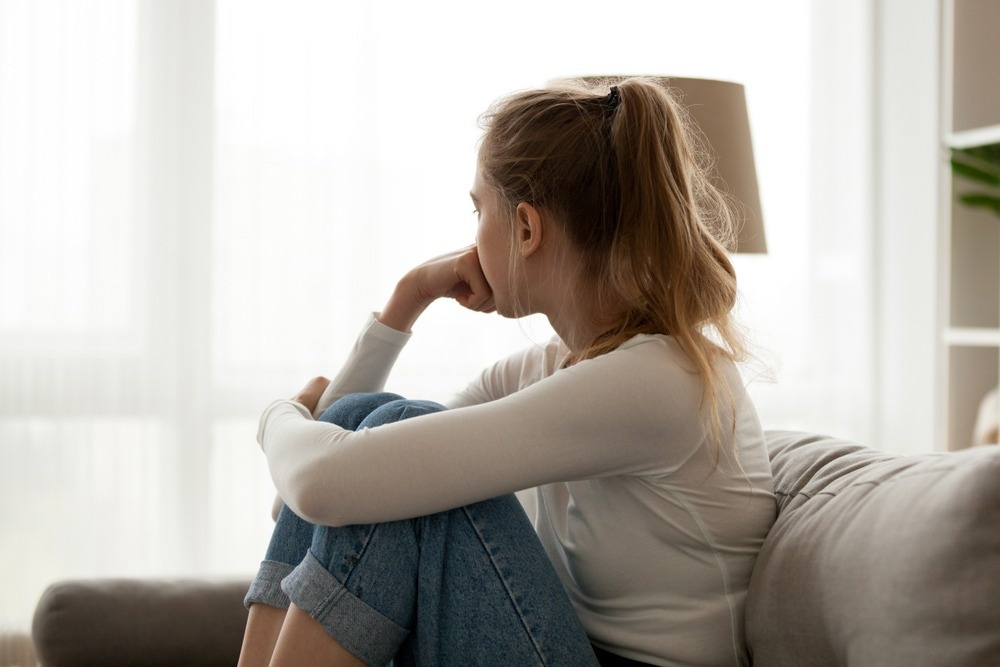In a recent study published in Nature Medicine, researchers performed a randomized clinical trial (RCT) to compare resting-state functional magnetic resonance imaging (rsfMRI) connectivity-guided intermittent theta burst stimulation (cgiTBS) vs. repetitive transcranial magnetic stimulation (rTMS) for therapy-resistant depression (TRD).
Background
Disruptions in the right anterior insular and left dorsolateral prefrontal cortical (lDLPFC) regions cause depression, which neuromodulation targets. Psychotherapies and antidepressants are effective for moderate-severe major depressive disorders (MDD); nevertheless, a few individuals have TRD. TMS and rTMS are common MDD treatments, with the United States Food and Drug Administration (US FDA) approving rTMS in 2008 and TMS in England in 2015. The rsfMRI procedures could individualize neurostimulation therapies for MDD.
About the study
In the present BRIGhTMIND five-center, double-blinded, parallel-group RCT, researchers comparatively evaluated cgiTBS and rTMS efficacies in decreasing depression symptoms among TRD patients.
The primary hypotheses were that effective connectivity at baseline from the right anterior insula to the lDLPFC would regulate or be related to improvements in depressive symptoms after 26 weeks and that lowered functional connectedness between the left dorsomedial prefrontal cortex (lDMPFC) and lDLPFC would improve depression symptoms.
The team personalized rsfMRI neuro-navigated cgiTBS at a region based on the effective connectivity between the right anterior insular region and the lDLPFC. They randomly assigned participants to 20 treatment sessions over four to six weeks of cgiTBS (128 individuals) or rTMS (127 individuals) with rsfMRI performed at study initiation and after 16 weeks.
The study included individuals aged ≥18 years meeting the DSM-V criteria for MDD using structured clinical interviews, who suffered from moderate-severe depression, based on scores of ≥16 on the GRID-Hamilton Depression Rating Scale (HDRS-17), and who had TRD based on scores ≥2.0 on the modified Massachusetts General Hospital Treatment Resistant Depression staging score (MGH).
The team excluded individuals with prior histories of bipolar disorders or depression as a secondary feature of other mental disorders, neurological conditions, MRI contraindications, medical conditions needing further investigations or treatments, and drug dependence or substance abuse. In addition, they excluded individuals with a history of previous TMS treatment, high suicidality risk, factors complicating TMS therapy, those participating in other clinical trials during the present study or six months prior, and those unable to understand or read English.
The primary outcome was the mean change in depression symptoms from baseline using GRID-HDRS-17. Secondary outcomes included changes in Beck Depression Inventory-II (BDI-II), Patient Health Questionnaire (PHQ-9), Generalized Anxiety Disorder Scale (GAD-7), Work and Social Adjustment Scale (WSAS), EQ-5D-5L visual analog scale (VAS), cognitive tasks in the THINC-integrated tool, proportion of responders, remitters, sustained responders, and Patient’s Global Impression Of Change Scale (PGIC) at each TMS session and follow-up time point.
The team assessed adverse events and side effects. They obtained outcome data at baseline and eight, 16, and 26 weeks after randomization. They performed multivariate regressions for analysis.
Results
The study compared the effectiveness of MRI-neuronavigation (cgiTBS) and rTMS in treating patients with treatment-resistant depression over 26 weeks. A total of 317 individuals participated in the trial, excluding 39 who did not meet inclusion criteria and 23 who withdrew between baseline and randomization. Among the participants, 255 comprised each group, and all formed the intention-to-treat (ITT) population. Most treatment allocation estimations were ‘don’t know’ with rates of 85%, 80%, and 74% at week 8.0, week 16, and week 26, respectively.
The mean participant age was 44 years, with 232 (91%) white individuals and 132 (52%) women. The median values for the number and duration of depression episodes were two episodes and six years, respectively. The team categorized 95 participants (37%) as having high resistance to treatment (showed no response despite more than six treatments) to the modified MGH. There were no significant differences between rTMS and cgiTBS on any secondary clinical outcome measures. At 8, 16, and 26 weeks, both treatment groups showed clinically meaningful improvements in PHQ-9 and BDI-II scores of self-rated depression.
Moderator analyses showed that individuals with higher GRID-HDRS-17 and GAD-7 scores at baseline who completed less than 20 stimulation sessions showed lower improvement in their depressive symptoms over 26 weeks. Lowering of functional connectivity between lDMPFC and lDLPFC from baseline values over 16 weeks did not affect GRID-HDRS-17 ratings for the posterior and anterior DLPFC sites. However, it was statistically significant for PHQ-9 score improvements and approached significance for BDI-II score improvements for the posteriorly located lDLPFC site.
Conclusion
The study findings showed that cgiTBS and fMRI-neuronavigation rTMS are effective and safe for treating TRD. Both treatment options showed significant improvements in depression and self-rated measures of depression, with clinically significant changes in anxiety, functioning, and life quality. MRI-guided neuronavigation may be advantageous in case of reduced coil drift and off-target placement. Future research could compare the clinical efficacy and cost-effectiveness of MRI-neuronavigation TMS vs. non-neuronavigation TMS over longer-term follow-up.
Journal reference:
- Morriss, R., Briley, P.M., Webster, L. et al. Connectivity-guided intermittent theta burst versus repetitive transcranial magnetic stimulation for treatment-resistant depression: a randomized controlled trial. Nat Med (2024). doi: https://doi.org/10.1038/s41591-023-02764-z

Sarah Carter is a health and wellness expert residing in the UK. With a background in healthcare, she offers evidence-based advice on fitness, nutrition, and mental well-being, promoting healthier living for readers.








